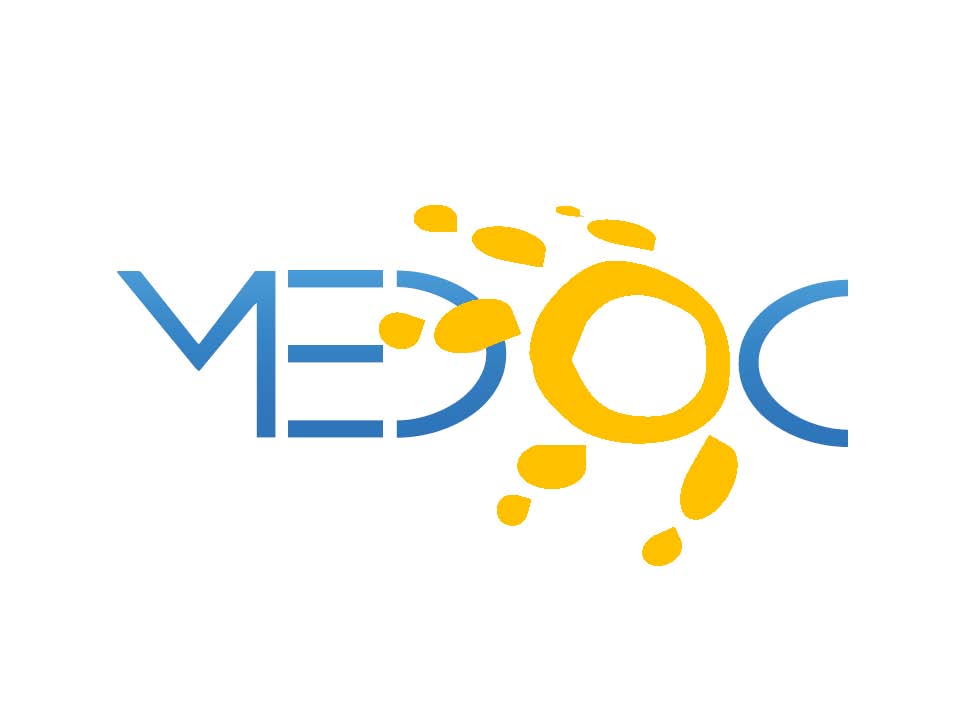Different type of codes describing Non-LTE (NLTE) radiative transfer are available here, in 1D and 2D. The first type (PROM4, PROM5, PROM7, PRODOP, PROMCOR, HYDR_NV, CYMA2DV, C2D2E) is dedicated to different part of solar atmosphere (solar prominences and filaments) and stellar atmospheres (slab or cylinder). The second type (MALI and Gauss-Seidel, NLTE2D) presents 2D codes for radiative modelling of isolated structures (cartesian grids), with simple model-atoms using several iterative methods such as MALI (Multilevel Accelerated Lambda Iteration), GS (Gauss-Seidel)/SOR(successive Over-Relaxation) and multi-grid.
The codes are provided under the GNU General Public Licence (GPL) version 3 or any later version.
Click on the following links to download the package source file and the user guide.
Contacts: Nicolas Labrosse (nicolas.labrosse/at/glasgow.ac.uk), Frédéric Paletou (frederic.paletou/at/univ-tlse3.fr) & Martine Chane-Yook (martine.chane-yook/at/universite-paris-saclay.fr)
doi : 10.48326/idoc.medoc.radtransfer.prom4
PROM4 is designed to compute simple models of solar prominences. The code computes electron and hydrogen level populations and hydrogen profiles. For a recent version, see PROM7.
doi : 10.48326/idoc.medoc.radtransfer.prom5
PROM5 is similar to PROM7, but deals with radiative transfer for hydrogen atom in prominences. The physical properties of the model vary across the prominence.
doi : 10.48326/idoc.medoc.radtransfer.prom7
PROM7 describes 1D NLTE radiative transfer in solar prominences or filaments, using partial frequency redistribution (PRD). The models of atmosphere considered here are isobaric and isothermal. The code computes hydrogen and calcium spectra emitted by prominences or filaments.
doi : 10.48326/idoc.medoc.radtransfer.prodop
PRODOP is another version of PROM7 including PROM5, producing also helium and magnesium spectra, in addition of those of hydrogen and calcium. The code includes a vertical velocity field.
doi : 10.48326/idoc.medoc.radtransfer.promcor
PROMCOR is inherited from PROM5 but treats models where the thermodynamic parameters only depend on the distance to the Sun. It is valid only for (coronal) media optically thin in all lines and continua.
doi : 10.48326/idoc.medoc.radtransfer.hydr_nv
HYDR_NV describes 1D NLTE radiative transfer for hydrogen atom in stellar or solar atmosphere using partial frequency redistribution (PRD).
doi : 10.48326/idoc.medoc.radtransfer.cyma2dv
CYMA2DV describes 2D NLTE radiative transfer for hydrogen atom in cylindrical thread with incident radiation and 3D velocity fields using complete frequency redistribution (CRD).
doi : 10.48326/idoc.medoc.radtransfer.c2d2e
C2D2E describes 2D NLTE radiative transfer for hydrogen and helium atoms in cylindrical thread with incident radiation using complete frequency redistribution (CRD).
doi : 10.48326/idoc.medoc.radtransfer.2d-crd-mali-gs
The purpose of these 2D codes is the radiative modelling of isolated structures, with simple model-atoms.
doi : 10.48326/idoc.medoc.radtransfer.nlte2d
NLTE2D solves the 2D non-LTE radiative transfer problem in freestanding and illuminated slabs, including the self-consistent determination of the electronic density distribution and the explicit transfer of Lyman continuum radiation.

